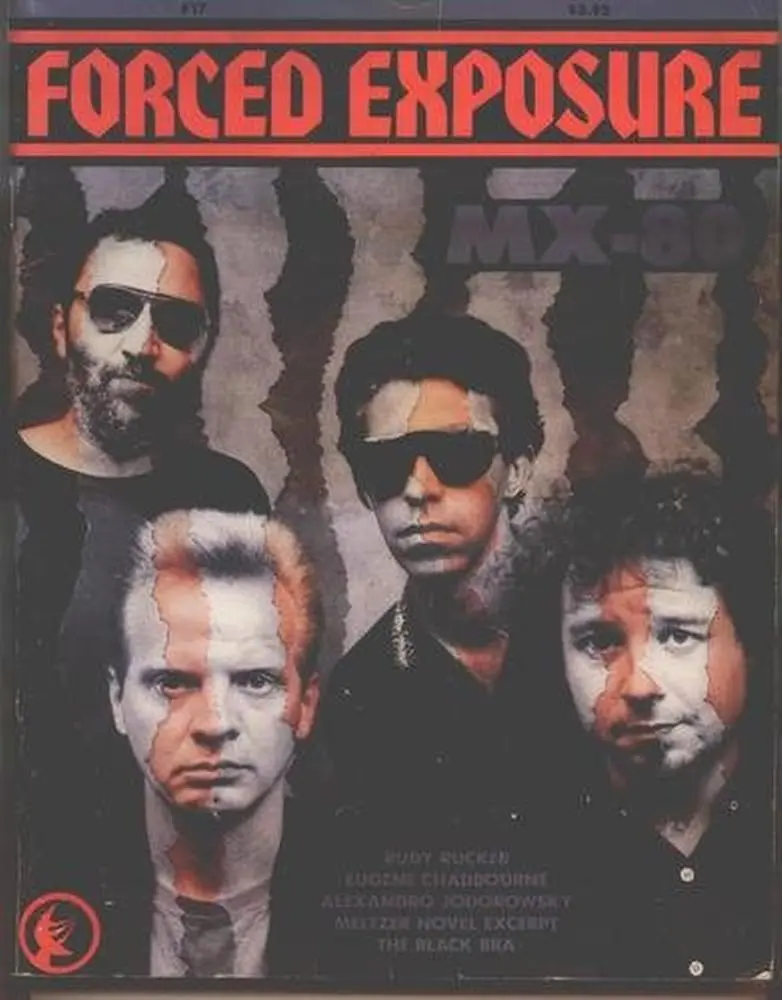Forced Exposure (Prior revision dated Saturday 16 September 2023 03:20:06 -- @180)
Forced Exposure is a notable counterculture periodical hailing from the United States, renowned for its unique perspective on the music and arts scene. The magazine was founded in 1980 in Boston, Massachusetts by Jimmy Johnson and Byron Coley, two figures ingrained in the alternative music community.
Initially distributed as a fanzine, Forced Exposure began its journey spotlighting the burgeoning hardcore punk scene. The magazine rapidly garnered a reputation for its incisive, thorough, and at times confrontational reviews of records and live music. Their extensive coverage provided an in-depth examination of then-underground music scenes, serving as a comprehensive record of an era that transformed the American music landscape.
In its early years, Forced Exposure had a pronounced focus on hardcore punk, indie rock, and no wave genres. However, with the passage of time, the magazine expanded its purview to include noise music, experimental rock, and other fringe genres within its review sphere. Additionally, it went beyond strictly musical content, featuring interviews with offbeat film directors, avant-garde visual artists, and underground poets. This eclectic mix of content mirrored the maverick spirit of Forced Exposure, which consistently disregarded mainstream conventions to illuminate the fringe.
The magazine, in addition to its printed issues, also branched into a record label that released music across a range of genres. Although it ceased print publication in 1993, Forced Exposure's influence has persisted in the digital age. It transitioned to an online platform, offering record distribution, and continues to be a thriving hub for underground and experimental music exploration.
Forced Exposure stands as a testament to the passion for the unconventional. Its significance lies not only in its championing of the underground scene but also in its refusal to conform to mainstream tastes. The magazine's legacy is one of audacity and rigor, a beacon for innovation within the music and arts domain.{{Categories}}